‘A War Monument Mystery’ — Army Vet Tells Story of Designing Korean War Memorial
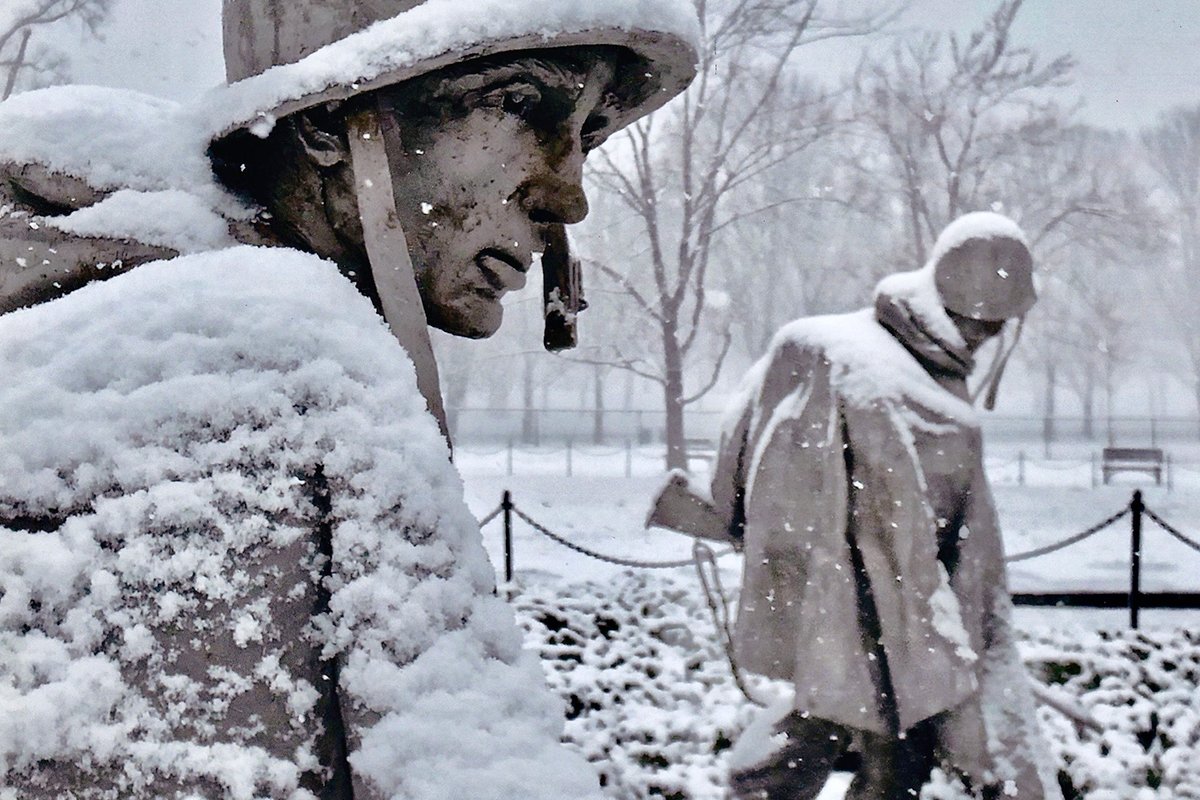
The original design for the Korean War Memorial was strikingly different from the current poncho-clad soldiers. Photo courtesy of Wikimedia Commons.
In 1990, industrial designer Louis Nelson was commissioned to design the Korean War Veterans Memorial that now sits on the National Mall in Washington. Nelson and sculptor Frank Gaylord are responsible for the haunting monument that features 19 steel soldiers and 164 feet of black granite adorned with 25,000 archived images from the war.
In May, Nelson published Mosaic: A War Monument Mystery, the designer’s historical memoir about how the monument came to be. Coffee or Die Magazine recently sat down with Nelson to discuss the book and his journey to create the powerful memorial.
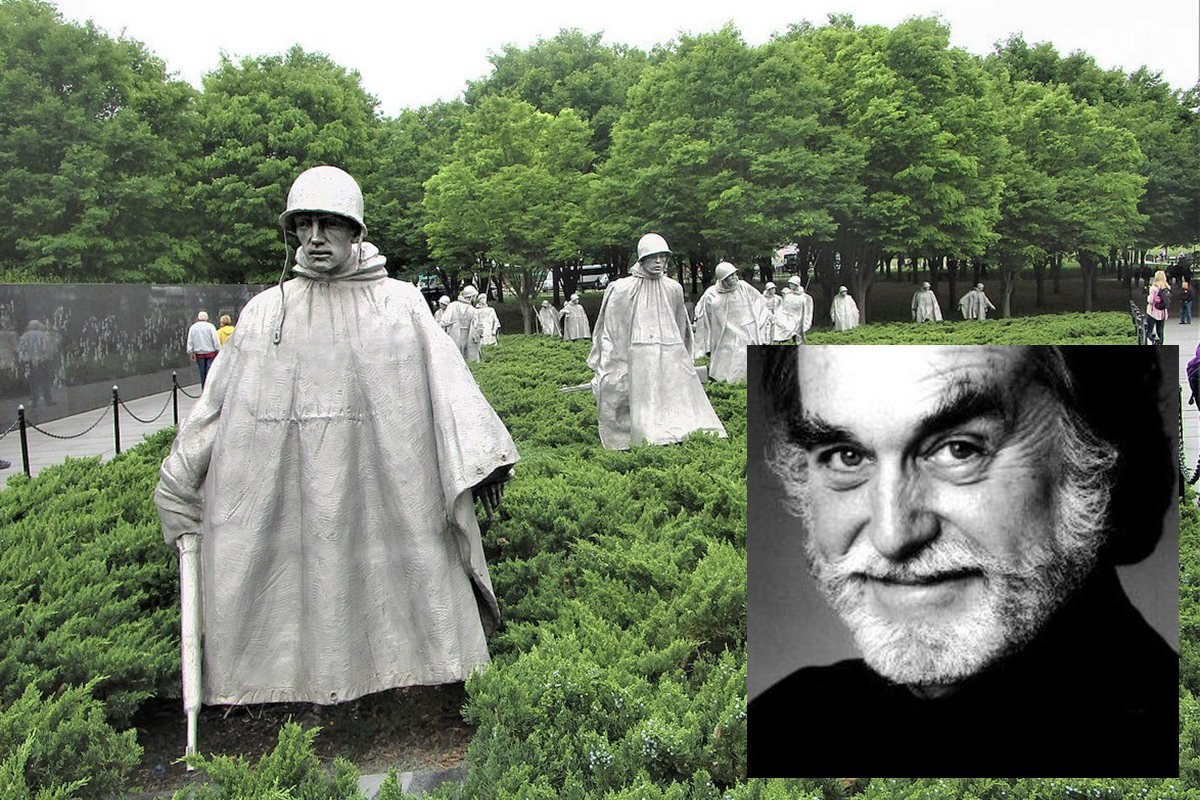
The following interview has been edited for length and clarity.
COD: How did your own military service as an Army helicopter pilot influence your path to designing the mural wall of the Korean War Veterans Memorial?
LN: Well, part of it was that the Korean War is actually a success story. It was the first war we didn’t win, but I look at it from a historical perspective. If it weren’t for those American troops, there would be no South Korea. Now, look at how many vehicles come from there. The majority of our appliances come from South Korea. I know in my profession, more designers come from South Korea than the United States. It’s extraordinary. If you look at a satellite photograph of the region, South Korea is brilliantly illuminated, but north of the 38th parallel is still pitch black.
COD: War monuments in DC take a wide range of forms, from the sprawling World War II monument to the somber Vietnam Wall. What were your intentions when you chose to make the memorial a mural that accompanies the seven-foot soldiers?
LN: My primary focus was on the men and women who served. The Vietnam Wall needed constant updating as more names needed to be added, so we wanted something that would be complete once it was erected. I also looked at the area we were given. The memorial sits at Lincoln’s right hand and the Vietnam Wall sits at his left. Across the reflecting pool is the Washington Monument. So for me, designing the memorial meant that it couldn’t just replicate what those already existing monuments were honoring: the leaders and the dead. The key was honoring all those who served and bringing light to the success of the conflict. I wanted to make something Americans could be proud of.
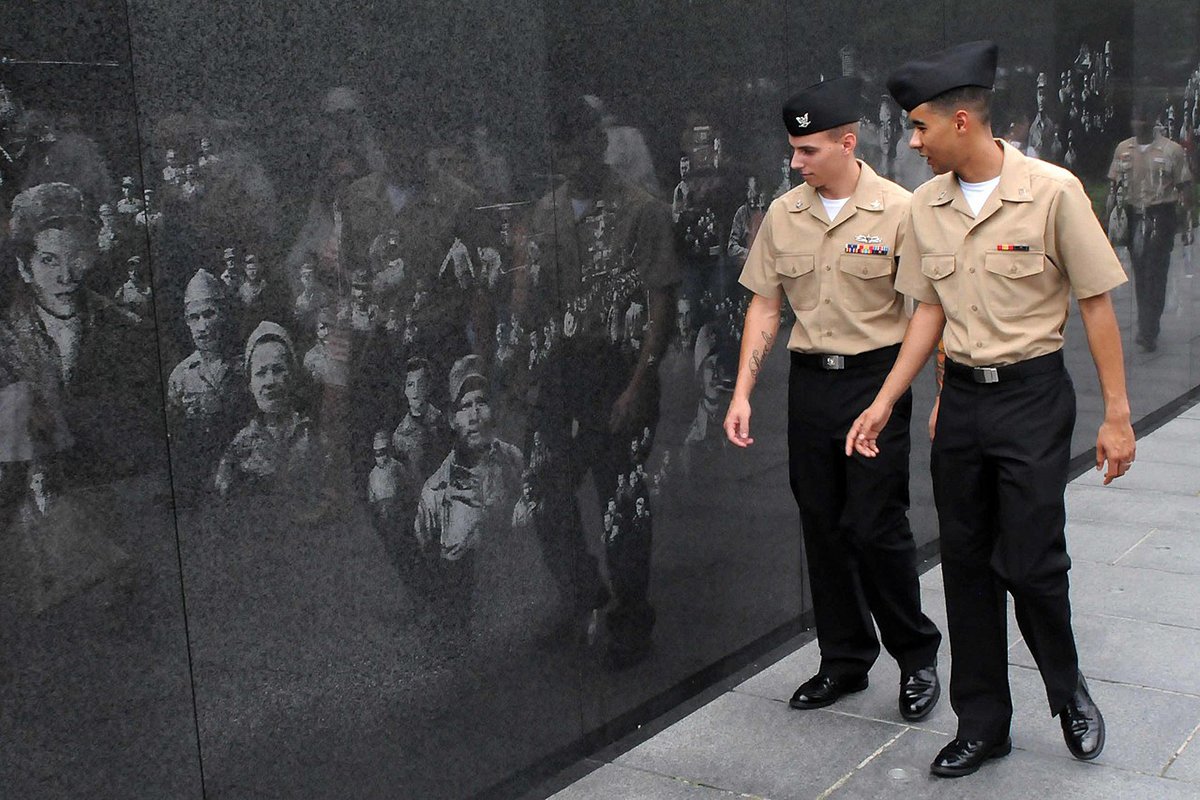
COD: What caused you to write this memoir about the design process and the memorial?
LN: I needed to tell my colleagues about my design history. I’ve been very fortunate in my career. I mostly wanted to share the importance of what monuments and memorials do. A lot of people don’t know the history of our memorials, so I felt the need to go back and detail some of that, too. There’s all kinds of interesting stories around the memorials in the mall that I felt needed to be told.”
COD: The Korean War is often called “The Forgotten War.” Do you think that’s a fair moniker, and why did you think creating this monument was so important?
LN: There are times when Memorial Day comes by, and there will be a recitation of all of America’s wars. And sometimes the Korean War is left out. It seemed evident to me that we had to create something that would honor the men and women who lived through this. At the start of this project, Gen. Richard G. Stillwell, the former commander of United Nations forces in Korea and chairman of the Korean War Veterans Memorial Advisory Board, pulled me aside and pleaded, “Just show their faces. Show their faces.”
So we did that. We represented everyone from cooks to nurses to pilots to the men and women on ships. I poured through thousands of photographs to choose the right people to represent. We lost more than 36,000 people in Korea. People don’t realize how deadly that war really was, even in comparison to Vietnam. We lost 56,000 in Vietnam, but that was over a 20-year period. Korea was a three-year period, and we lost 36,000. We wanted people to remember that.
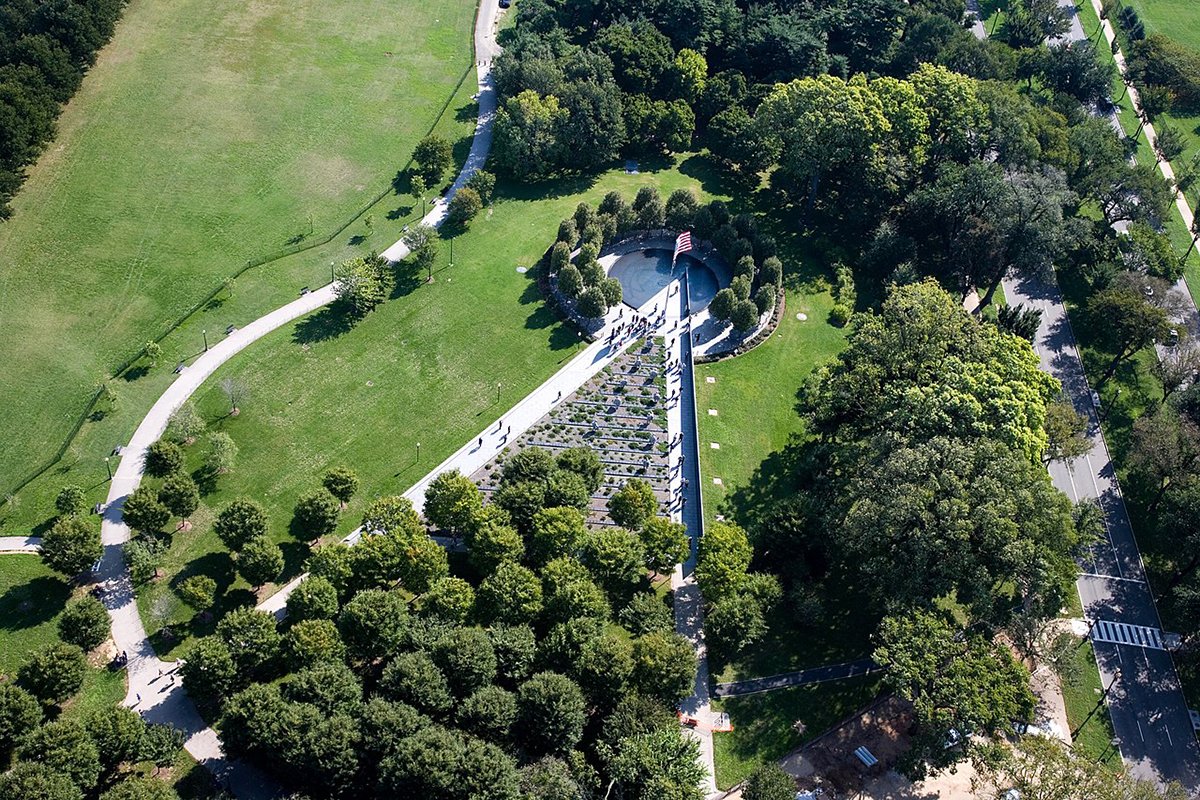
COD: What kind of obstacles did you face in having your design approved and getting the memorial built?
LN: Between the military and Washington, DC, I’m used to people with differing opinions. My job as the designer is to determine what the root of the problem really is, then create something that addresses that problem. For example, when this was getting started, there was a big parade celebrating the Gulf War victory in DC. It was full of cannons, vehicles, and helicopters. Our design was on the verge of being given final approval, but we were told at the last minute it likely wouldn’t be approved because the public wouldn’t like seeing all the guns and armaments of war so closely. Our original design had the soldiers prominently carrying M1s and other weapons, so I suggested we put ponchos on the statues to obscure some of the guns. That also allowed us to add wind blowing the ponchos on the backs of the soldiers. We sold that idea and immediately got approval.
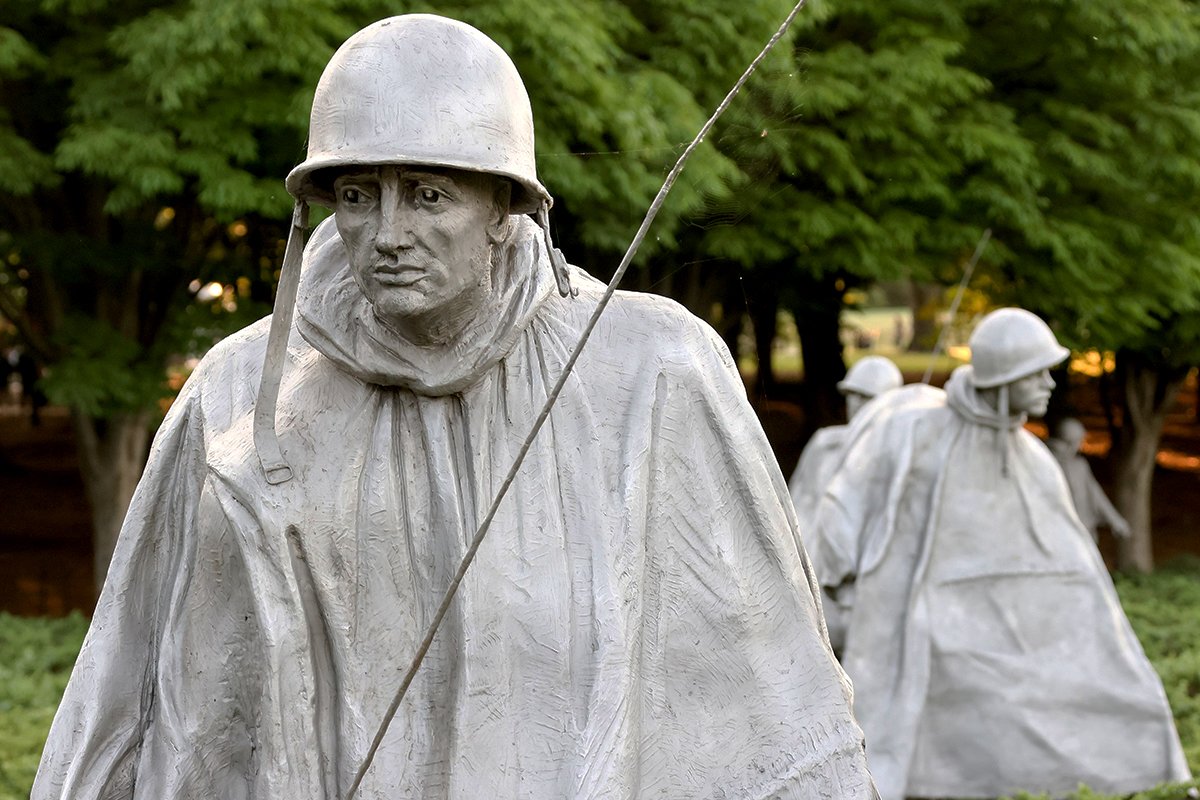
COD: Tensions between the US, North Korea, and China are high right now. Do you think current international relations make Mosaic even more relevant?
LN: I hope it does. I hope more people pick it up. I’ve done a lot of thinking and reading, and I’ve come to the conclusion this kind of posturing is normal for North Korea. There’s been a little movement to try and open things up between North and South Korea, but a lot of people have suffered because of that division. I hope the book gets people together to talk. Only good things can come out of that.
COD: What do you hope readers will take away from Mosaic, and why is it called a mystery?
LN: Are there any wars that aren’t really mysteries? It’s a mystery because there’s a mystery behind why people do anything. Mosaic explains how the real key to the memorial is people. I wrote this on the last page of the book: This story is not about the memorial, but about the people of the memorial. Not about the stone and bronze, but about the blood. Not about the moment, but about endurance. Not of yesterday, but of tomorrow. Not of what happened, nor why it happened, but how we have changed and grown because of it.
Read Next: MOH Recipient in Iconic Korean War Photo Inspires New Generation of Leaders
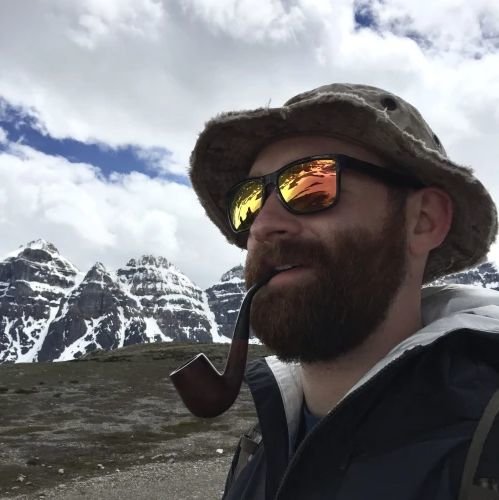
Mac Caltrider is a senior staff writer for Coffee or Die Magazine. He served in the US Marine Corps and is a former police officer. Caltrider earned his bachelor’s degree in history and now reads anything he can get his hands on. He is also the creator of Pipes & Pages, a site intended to increase readership among enlisted troops. Caltrider spends most of his time reading, writing, and waging a one-man war against premature hair loss.
BRCC and Bad Moon Print Press team up for an exclusive, limited-edition T-shirt design!
BRCC partners with Team Room Design for an exclusive T-shirt release!
Thirty Seconds Out has partnered with BRCC for an exclusive shirt design invoking the God of Winter.
Lucas O'Hara of Grizzly Forge has teamed up with BRCC for a badass, exclusive Shirt Club T-shirt design featuring his most popular knife and tiomahawk.
Coffee or Die sits down with one of the graphic designers behind Black Rifle Coffee's signature look and vibe.
Biden will award the Medal of Honor to a Vietnam War Army helicopter pilot who risked his life to save a reconnaissance team from almost certain death.
Ever wonder how much Jack Mandaville would f*ck sh*t up if he went back in time? The American Revolution didn't even see him coming.
A nearly 200-year-old West Point time capsule that at first appeared to yield little more than dust contains hidden treasure, the US Military Academy said.












